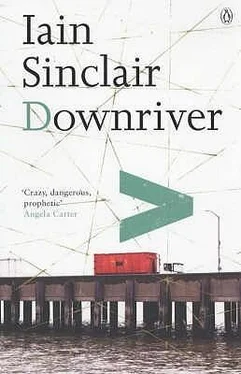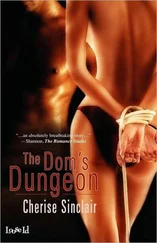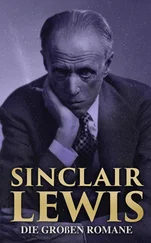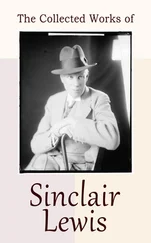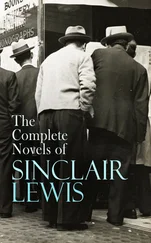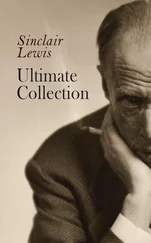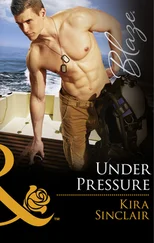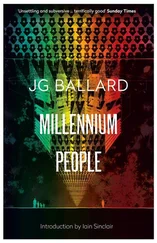The publisher, call him Alex Roe, dined out so often on this fable that he began, in the end, to think of it affectionately as another over-seductive synopsis; a blockbuster, commissioned but never delivered. The one that got away.
The only other report of spring-heeled weirdness that I managed to trace brought me back, once again, to Princelet Street. A persistent film student, going under the name of Davy Locke, had been working on a project suggested by my account — published in the Guardian — of the apparent mystery of Rodinsky’s room. Using the contacts Davy developed, we were able to spend several days sifting the files, documents, and notebooks discovered among the promiscuous chaos of the Heritage Centre office. As always, we operated against the encroachments of cartels, and deal-makers who were sharp enough to sense that something was about to happen in this place, and to demand a piece of it: any piece. The narrow synagogue hallway filled with multicolour turbans bobbling, like weevils in a pail, as they huddled together to whisper their propositions; before being shunted aside by a buffalo-gang of Hasidic hitmen in black, ankle-length coats and bullet-catching beards. The tumbling shadows, the muffled collisions of these debates fell across the doorway to the office, where Davy Locke had shaken the dust from yet another ‘last surviving’ Letts Schoolgirls’ Diary. It was prefaced by Rodinsky’s translations of the most effective curses and warnings he could dredge from all his collected Books of the Dead.
After weeks of deliberation, lengthy discussions in the poolroom of the Seven Stars, Davy decided to risk his four hundred feet of 16mm film over one autumn weekend: go for bust. He invited me to perform a single take in which I would mumble inconclusively: feeling most fervently that the moment when the shutters were removed from the window, to allow this shot, was the moment when the last vestiges of ‘mystery’ would dissolve. The light held among the chosen objects and specimens would fuse with the world.
We pushed our way through the stacks of newspaper, along Rodinsky’s ghost-corridor, and out on to the parapet; to sit and watch the sun move behind the Portland dagger of Christ Church, and on to illuminate the Babylonian advance of the City’s jagged towers. We were unnecessary. Under the slats of weather-boarded garrets, machinists pedalled furiously; oblivious of the alternative realities that would soon envelop them. The street beneath us was poised, finely balanced, between its own time and our projection of it. It remained uncaptured, immune.
The shoot was over. Boxes of film-making equipment, used by the professionals only for sitting on, were manhandled down the springy and unlit stairs. I touched palms with the cameraman and the two girls, sound and continuity, who waited with the boxes while Davy went to retrieve their van. I was eager to return to my typewriter; and the unresolved peculiarities of Woolf Haince’s Grundig.
A few weeks later, when I went to St Martin’s to view the rough-cut, I took the opportunity of questioning the members of the crew, separately, about what they claimed had happened after I left them outside the synagogue. This was not easy. Davy couldn’t let up: he had become so involved with the nature and quality of Princelet Street that he had been returning obsessively, spending days poring over the diaries. He even read some prophetic significance into the tattered ‘Angelus’ calendar. He cited Dali’s painting of 1933, ‘Gala et l’Angélus de Millet précédant l’arrivée imminente des anamorphes coniques’. The calendar was a magician’s ‘window’; the figures of the man and woman, the rake and the cart were runic letters forging some motive word of power. By his lingering close-ups Davy had incubated the Angelus, and speeded the arrival of the ‘anamorphes coniques’. We could expect to encounter, at any moment, a lobster-crowned revenger out of Arcimboldi: the figure lurking at Dali’s open door.
Davy witnessed the moment when Rodinsky’s books were brought back from the vaults of the Museum of London; fifty uniform cases, prayers, primers, fold-out plates of inscriptions and king-lists. But the event that excited him most occurred when he replaced the shutters on the windows of the attic room. A beam of light shafted from a fault in the boards on to the dusty surface of an open drawer in the bedside cupboard. A white ring, or disk, played speculatively across the enclosed tray: ‘a camera obscura’. The drawer became a miniature theatre in which light itself was the prime mover, articulating this drama of reduced and abandoned objects. Davy was still worrying at this epiphany — which, he felt, proved the inadequacy of his attempt to capture the essence of the mystery on film — as he walked away to loop the projector, and to dim the lights. I was able, at last, to probe the witnesses I had come to see.
The little Scots girl said she hadn’t really noticed anything. She was so pleased to get away from the awful chill of that room, and the dust — which she was starting to think of as Rodinsky’s disintegrated body. He had not vanished: he had come apart, haemorrhaging motes of unspoken language, ancestral slights, persecutions. She felt the crew were trespassing: the relief of being on the pavements overwhelmed her. She screwed up her eyes to cancel that invaded space. She may have dozed off, nodded out on her feet: a strange lethargy came over her. She remembers being in the van driving away; when, suddenly, they all wanted to talk at once.
Her friend, the dark handsome one, was more specific. A man ‘appeared’ at the far, west end of the street. The sun was setting behind him. It was, she swears, like Nosferatu or Der Golem : long tumbledown houses tilting, windows on fire, and this guy, ‘quite good-looking, in a lizardy way’, standing absolutely still, and casting no shadow . He definitely hadn’t stepped out of a doorway, or up from a basement. She’d been thinking of making a sketch of the view towards Wilkes Street — ‘it was amazing, a time shift’ — then there he was. A red-bronze colour, with shoulder-length hair. He was naked, and prodigious. ‘You know, built .’ The girls giggled. Enormous, ‘hung like a stallion’.
‘Bollocks!’ The cameraman took off his beret. He knew the dude had abseiled down from the church tower. And he was wearing some kind of parachute-harness.
Three solid days of walking, circling, doubling back on my tracks, buying drinks for the endemically loquacious — those who have seen almost everything, and remembered nothing — took me no further into the tale. My cash-flow was critical. I was ready to jack it in and hump a few crates of my best stock to John Adrian’s shop in Cecil Court (where he is always available for Fagin impersonations), when I noticed the dog. It had been there from the first morning, but it kept its distance. Now it was ahead of me; when I grew tired, it waited: shough, water-rug, demi-wolf; a skulking black mat; stump-tailed, dripping, a flat-snout cur. Head tilted grimly forward, it led me through a maze of obscure streets, and windowless warehouses; beyond the Aldgate boundary and deep into the Minories.
As I climbed wearily up the steps towards Fenchurch Street Station, the dog turned — and I recognized it. The beast had somehow earned remission from beneath the hoofs of the Knight’s horse: uncelebrated, it guided the trail from Southwark in William Blake’s engraving of Chaucer’s Canterbury Pilgrims . While the other pilgrims look fondly back on the arches and spires of the city, talk among themselves, flirt or boast, the wretched animal stares straight ahead: beyond the illusion of achievement, he plods; collared, unable to deviate from a course for which he has no relish, no hope of salvation. The pilgrimage offers sixty miles of agony, and the constant possibility of being trampled into an undignified pulp.
Читать дальше
